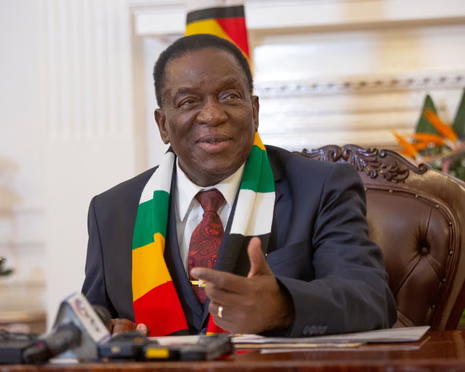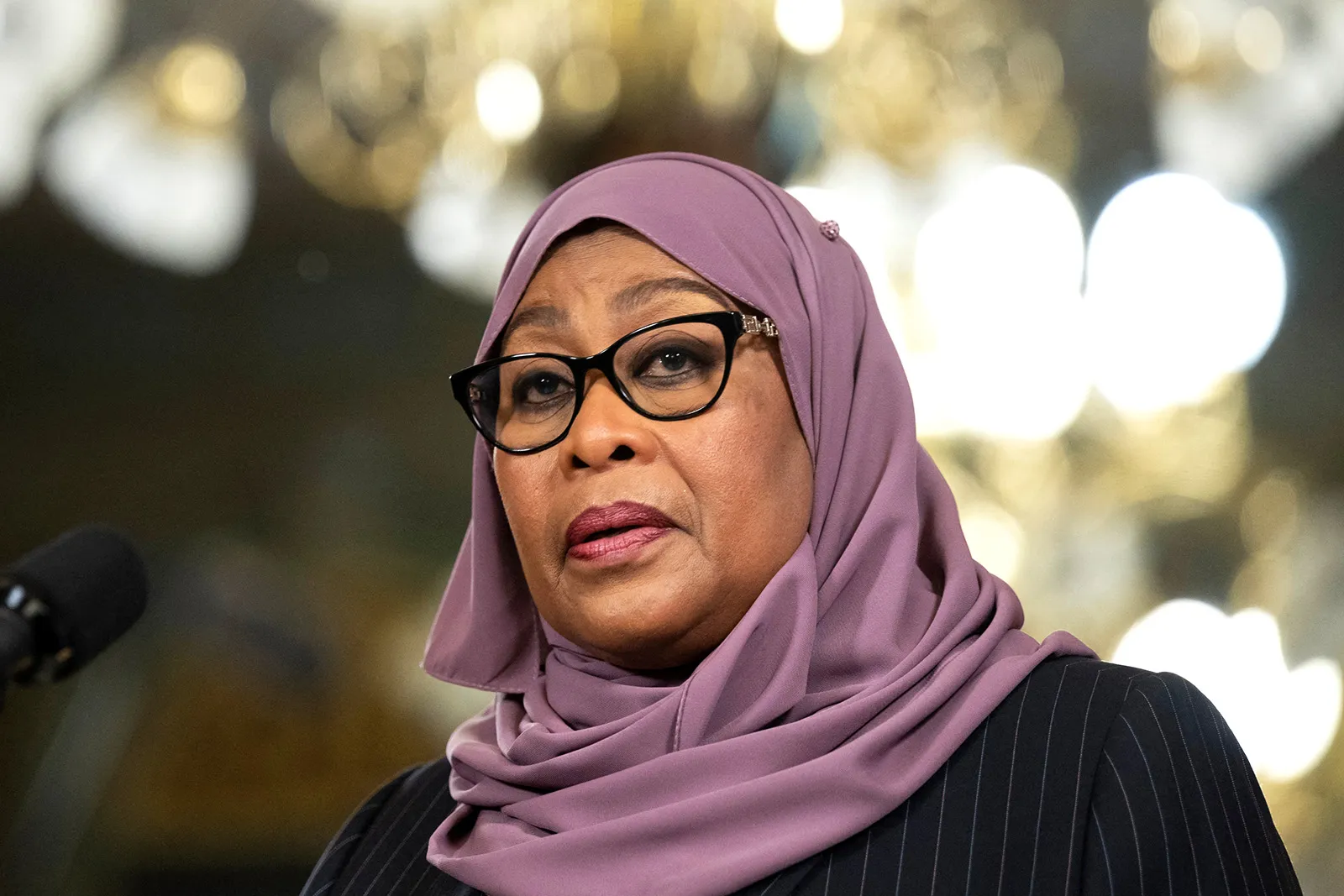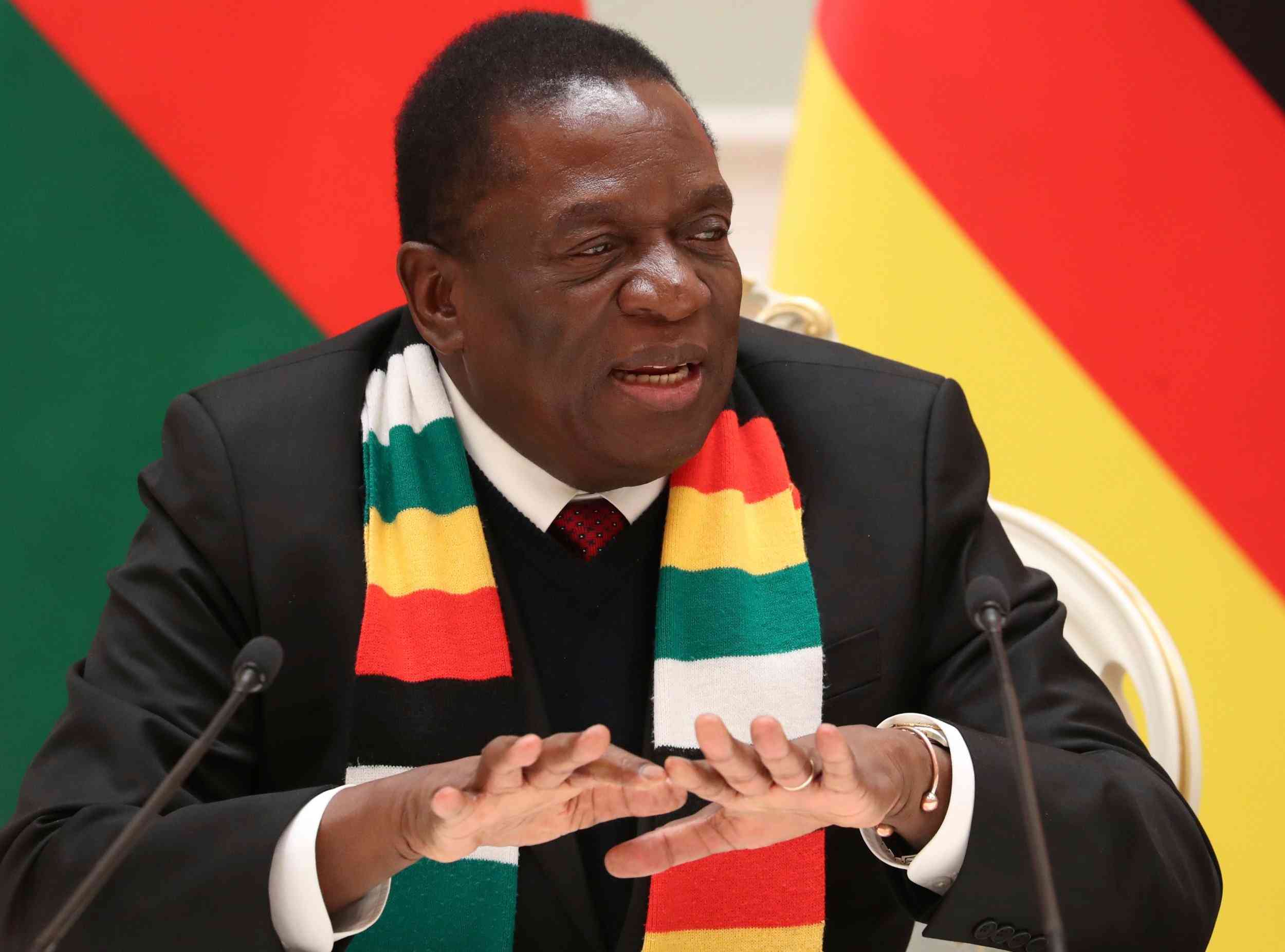
Zimbabwe is entering a new era — one defined not by energy shortages and load-shedding, but by renewable ambition, strategic investment, and transformative development. The vision is clear: By 2035, we aim to build a US$16 billion renewable energy sector, unlocking hundreds of thousands of jobs, powering communities, and asserting our leadership in Africa’s clean energy transition.
This vision is not a fantasy. It is rooted in data, in tangible progress, and in the firm belief that sustainable energy is the backbone of inclusive economic growth. I have seen firsth and both in rural communities and in global investment forums, how energy access changes lives. It is not just about electricity — it’s about education, healthcare, entrepreneurship and dignity.
From crisis to catalyst: Why renewable energy is our future
For decades, Zimbabwe’s power sector has been characterised by undercapacity, aging infrastructure, over-reliance on hydro sources vulnerable to climate change and a centralised grid unable to meet national demand. These challenges have not only slowed economic growth, but also deepened inequality between urban and rural populations.
However, as I have written in previous articles — such as Solar Power: Panacea to Local Energy Woes and Decentralisation of the Grid is Key to Ensuring Energy Efficiency — this crisis has become a catalyst for innovation. In fact, it has become our call to action.
Instead of fixing a failing system, we now have a unique opportunity to build something new: A decentralised, climate-resilient, and investor-attractive renewable energy ecosystem. And this time, we must design it not just for today’s needs, but for future generations.
Zimbabwe enjoys more than 300 days of sunshine each year. We are blessed with vast stretches of underutilised land, a youthful population hungry for opportunity, and growing international investor interest — as I witnessed during my recent investment-seeking mission to India. What we need now is to turn these dormant assets into dynamic infrastructure.
US$16 billion: More than a number — a roadmap
- Mavhunga puts DeMbare into Chibuku quarterfinals
- Open letter to President Mnangagwa
- Feature: ‘It’s worse right now than under Mugabe’: Sikhala pays the price of opposition in solitary cell
- Masvingo turns down fire tender deal
Keep Reading
The US$16 billion target is not arbitrary. It is a strategic figure derived from detailed needs assessments, investment models, and sectoral analysis. It reflects the capital required across four key pillars:
- Solar energy (utility & decentralised projects)
Solar energy will be the bedrock of our renewable transition. Our aim is to install at least 5,000 MW of solar capacity by 2035 — a mix of large-scale utility farms, decentralised mini-grids and off-grid home solar systems.
These projects will not only meet domestic peak demand but also create excess capacity for export across the Southern African Power Pool. Imagine villages that were once in darkness now becoming net exporters of energy. That is the power of solar.
- Wind and hydro expansion
While solar will dominate, we cannot afford to ignore the value of diversity. Wind energy, particularly in the Eastern Highlands, and micro-hydro projects along perennial rivers can provide complementary sources of power.
These resources will increase system reliability, especially during cloudy or dry seasons, and ensure a balanced energy mix.
- Battery storage and smart grids
A future powered by renewables requires more than generation — it requires modern infrastructure to store and distribute energy efficiently. This includes lithium-ion battery systems, pumped hydro storage, and the development of smart grids that can handle decentralized inputs, predict consumption trends, and support peer-to-peer energy trading.
I often tell stakeholders: If solar is the heart of our energy system, then storage and smart grids are the veins and arteries.
- Manufacturing and workforce development
To reduce our dependency on imported components and create local value, we must invest in domestic manufacturing — from solar panel assembly plants to inverter repair workshops and battery recycling centers.
Equally important is workforce development. We’ll need thousands of trained professionals: Solar technicians, grid engineers, battery experts, and clean energy financiers. Our education system must evolve to meet this demand — and I believe it can.
The role of policy, private sector and citizens
To reach US$16 billion in renewable investments, ambition alone is not enough — we need alignment across all stakeholders.
Government: Clear and consistent policy
Policy clarity is the foundation. The government must offer long-term incentives such as feed-in tariffs, tax breaks, land allocation for energy projects, and streamlined licensing. Predictability is what attracts investors — and I’ve said this repeatedly in my article Investors needed to build modern energy infrastructure in Zimbabwe.
Private sector: Leadership and collaboration
The private sector must lead through innovation, co-financing, and forming strategic consortia. We must move past a competitive mindset and embrace collaboration. There is enough sunlight — and opportunity — for everyone.
Local energy firms must work together to build large-scale, bankable projects that can attract global financing and technical partnerships.
*Dr Engineer Edzai Kachirekwa is the CEO, of Power Giants Private Limited. He is an energy systems expert & advocate for decentralised renewable solutions in Africa. He can be reached on [email protected]
Citizens: Participation and ownership
Citizens must not be passive consumers. They must be co-owners and co-creators of the energy revolution. In “Citizen Inclusivity in Renewable Power Generation,” I emphasized that community-led solar farms, women-led energy co-ops, and school-based installations are critical to long-term sustainability.
When people take ownership, they defend and maintain infrastructure. When they benefit directly, they become ambassadors for change.
Green Jobs, youth inclusion and export potential
A $16 billion renewable sector will generate over 250,000 green jobs across the value chain — from installation to research, legal advisory to hardware maintenance. This is not just economic growth — it’s generational transformation.
We must intentionally include youth through technical training, entrepreneurship incubation, and mentorship. By 2035, we should see Zimbabwean graduates becoming global experts in renewable systems.
With enough capacity, Zimbabwe could also become a regional exporter of clean energy — earning foreign currency, enhancing regional influence, and helping our neighbors meet their own climate goals.
Strategic partnerships and global alignment
Zimbabwe’s energy vision aligns with Africa’s Agenda 2063, the Paris Agreement, and the United Nations Sustainable Development Goals, especially SDG 7: Affordable and Clean Energy.
To realise it, we must deepen partnerships with:
- Indian and Chinese solar manufacturers
- Climate finance institutions and multilateral banks
- Diaspora investors ready to bring home expertise and capital
We must also actively learn from countries like Kenya, Morocco, and Vietnam — nations that have overcome similar challenges through bold policy, grassroots participation, and international cooperation.
Final thoughts: Building a legacy of light
This journey is not just about power — it’s about prosperity, pride, and possibility.
No student in Zimbabwe should have to study by candlelight. No rural clinic should operate without refrigeration. No entrepreneur should be forced to shut down because of power cuts.
We are standing at the edge of a historic opportunity. Let us rise above hesitation, policy inertia, and outdated mindsets. The sun shines for free — and so does our potential.
By 2035, Zimbabwe can be a beacon of clean, inclusive energy in Africa and beyond. Let’s not dream it. Let’s build it.











